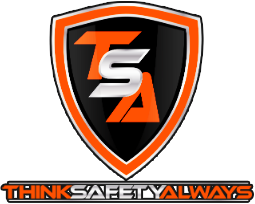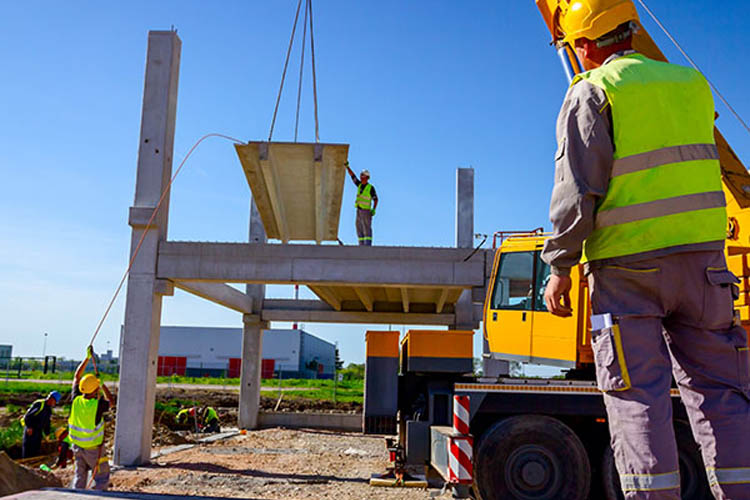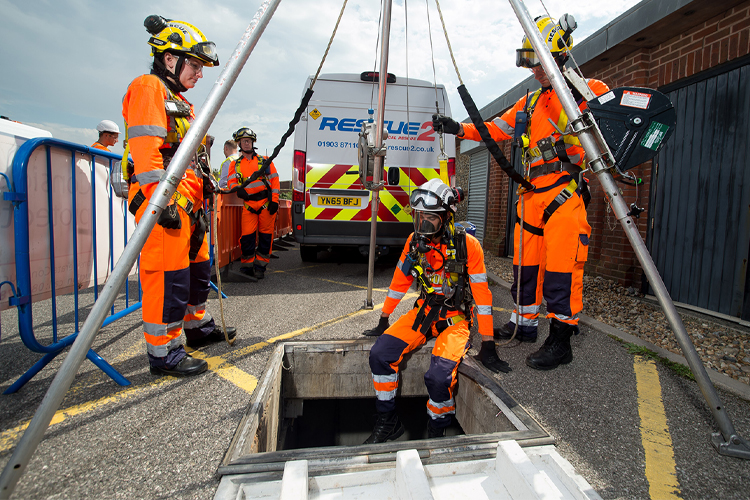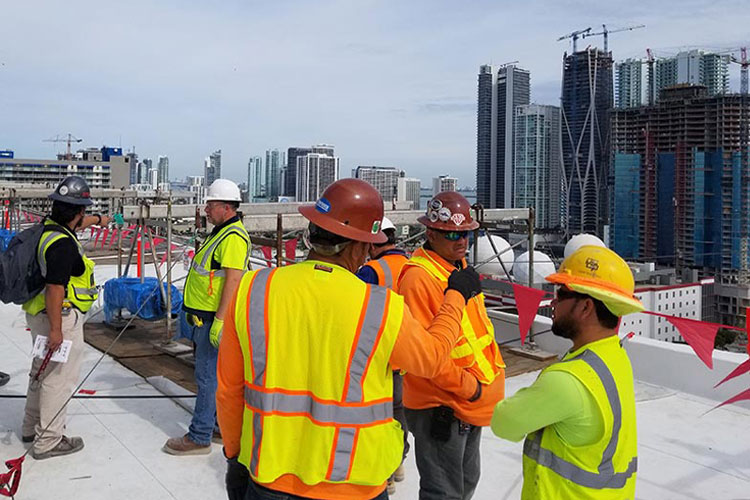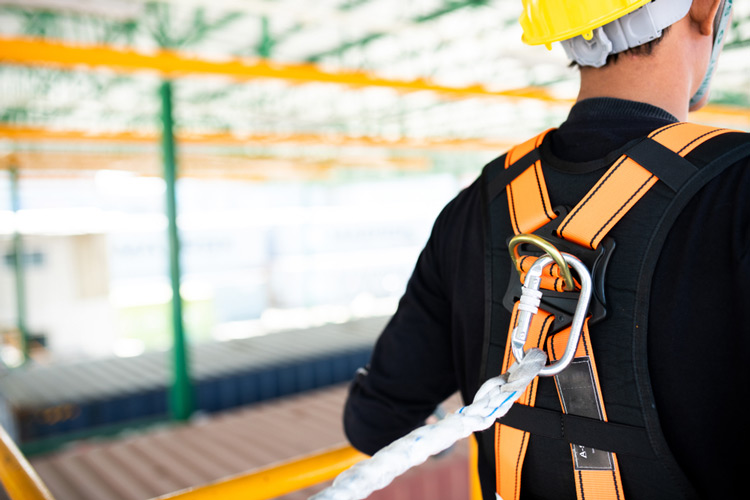Riggers and signal persons are the backbones of construction industries involving extremely heavy equipment and objects moved and lifted with the help of cranes. However, it also results in several accidents each year, causing severe injuries and costs the respective companies thousands of dollars in compensation.
Worse is that most of those accidents are entirely avoidable if only the employees had access to OSHA guidelines and were trained in signaling and rigging safety. Qualified rigging and signaling personnel can detect and avoid many of these hazards. Here is when you should use them.
If your Rigger Frequently Deals in Heavy Loads
A rigger is responsible for using ropes, pulleys, and chains to secure extremely high loads. A crane then transports them to docks or loading stations. If your rigger is not knowledgeable about using the right hitches to tie the load or about the weight restrictions of various cranes, then it could lead to severe workplace accidents.
The load might detach from the crane, causing damage to life and property. With the proper OSHA training, the riggers learn how to balance out weight differences, understand the loads’ center of gravity and maintain stability during load transfer all the time.
When the Signal Person Has to Guide Heavy Loads
Once the rigger has overseen that the load has been perfectly rigged, it is up to the signal person to safely guide the crane operator to transport the load. The crane operator cannot always see through the blind spots, so the signal person has to guide them carefully to ensure that the crane, along with the load, reaches its destination without any difficulties.
This is achieved by using specific hand signals that both the signal person and the crane operator must know thoroughly. If the signal operator makes the wrong signal or the crane operator fails to understand the meaning of a particular signal, it could lead to serious accidents.
For Enhanced Performance Training
Employers should use qualified rigging and signaling persons for enhanced performances. It will help reduce crane accidents and save losses for the company and the client company whose goods might be damaged in the process.
Cranes also lift heavy equipment like beams, pillars, heavy equipment, and more needed during construction. With qualified professionals, an employer will be able to tie up all loose ends.
Ensure Increased Safety at Construction Sites with OSHA Training from Think Safety
Think Safety makes it easier for you and your employees to understand the intricacies of OSHA training and to use them to secure your workplace. Our experts will train your riggers and signal person to rig and transport heavy equipment and operate cranes. Call us at 786 683 4141 to know more.
